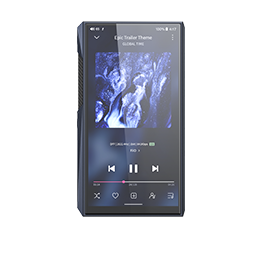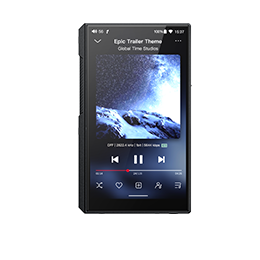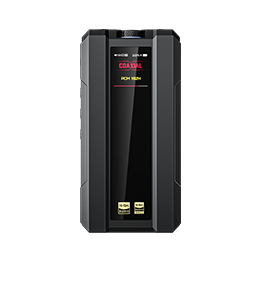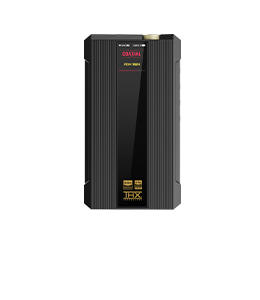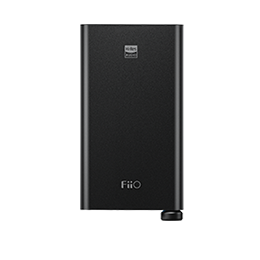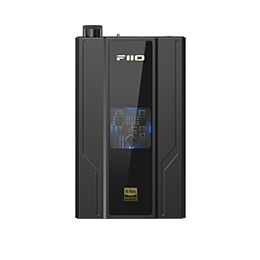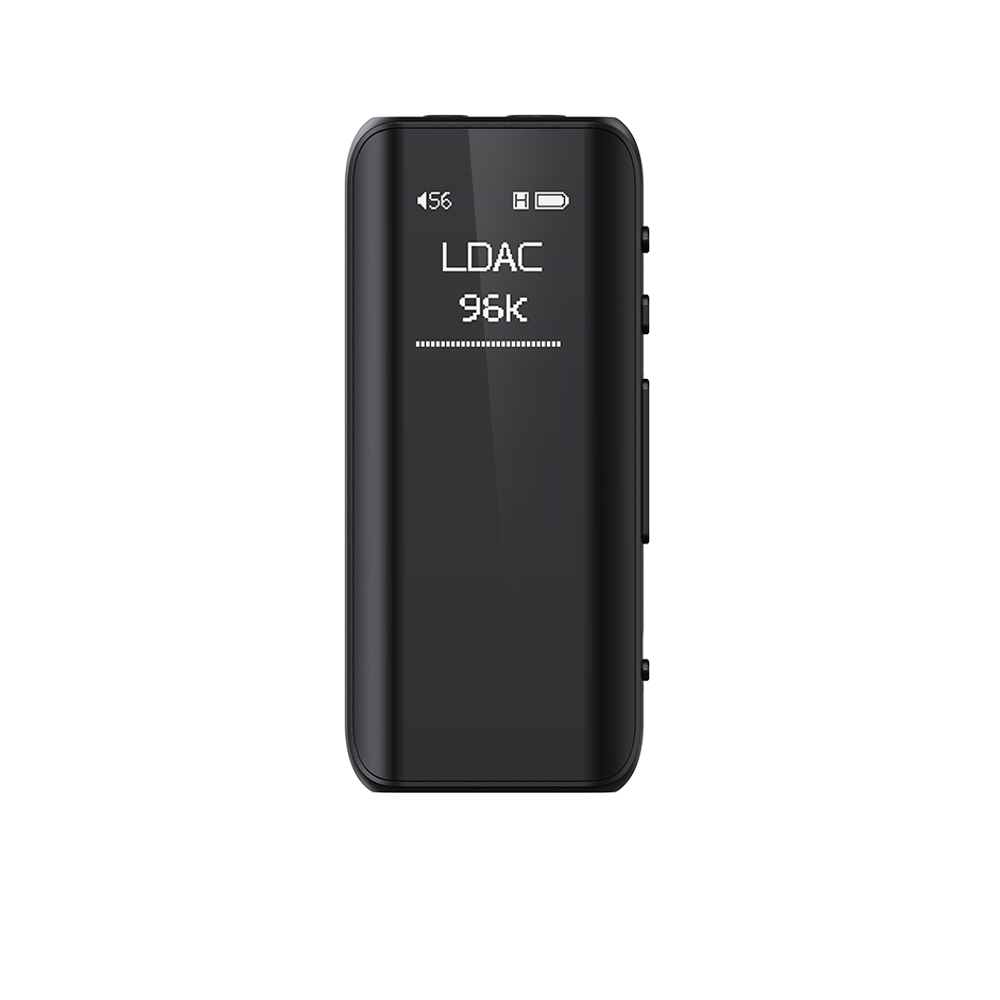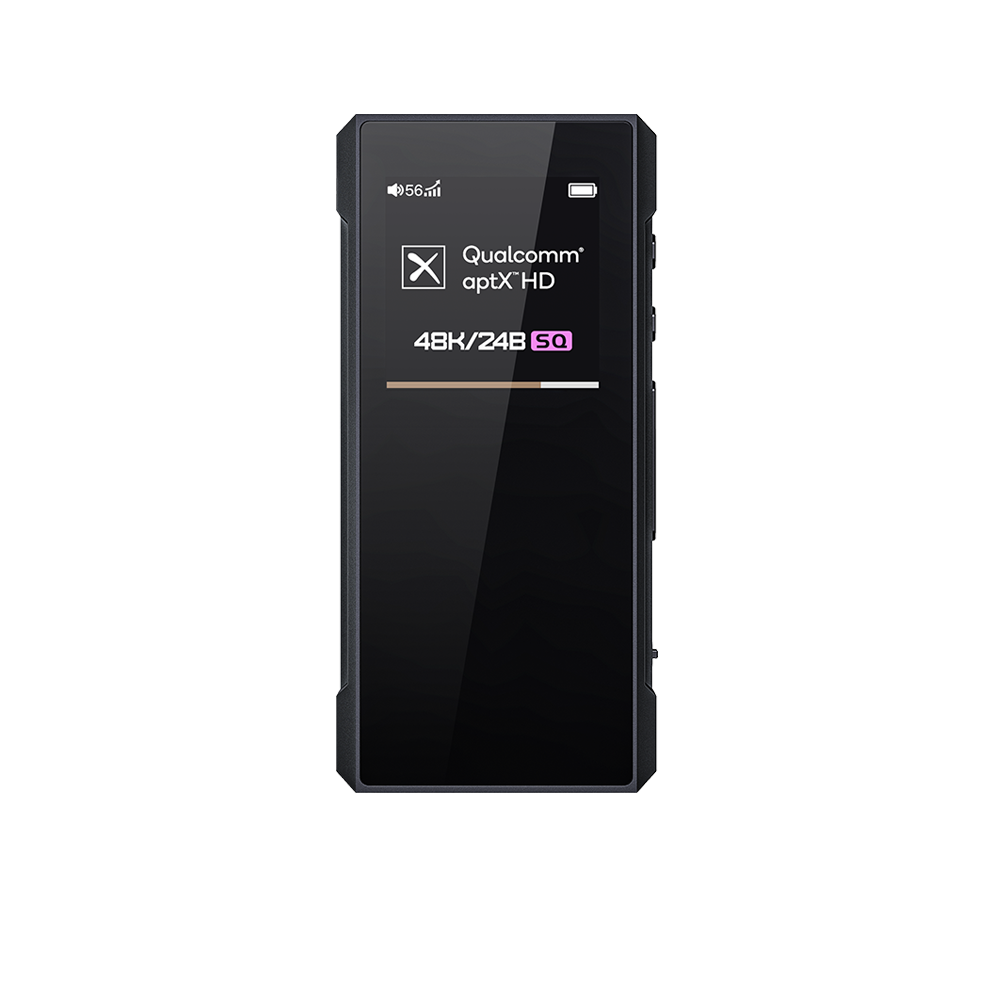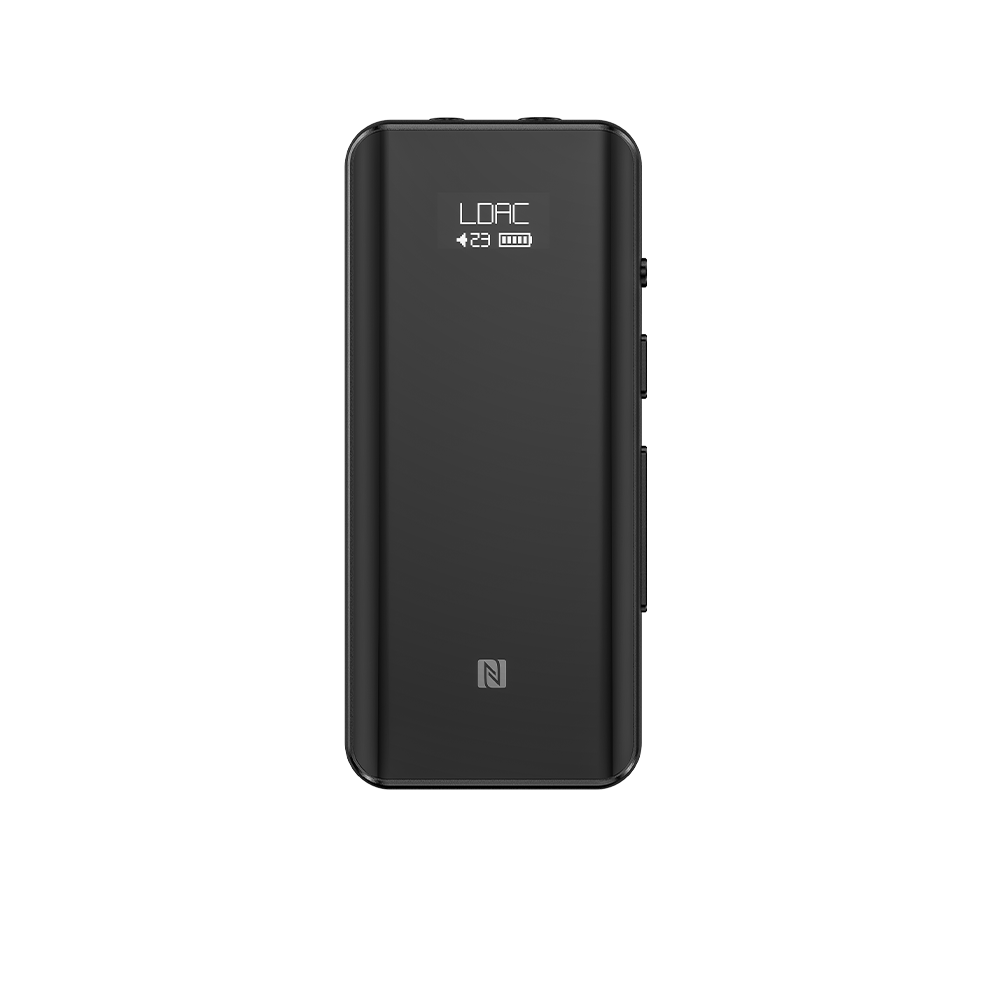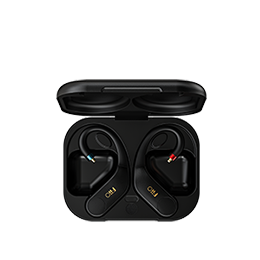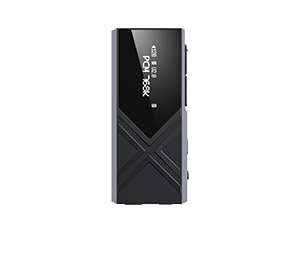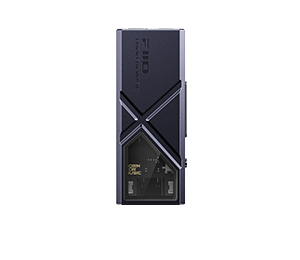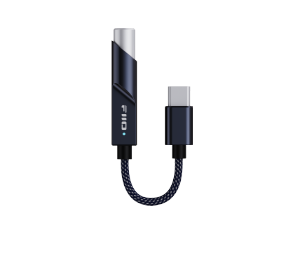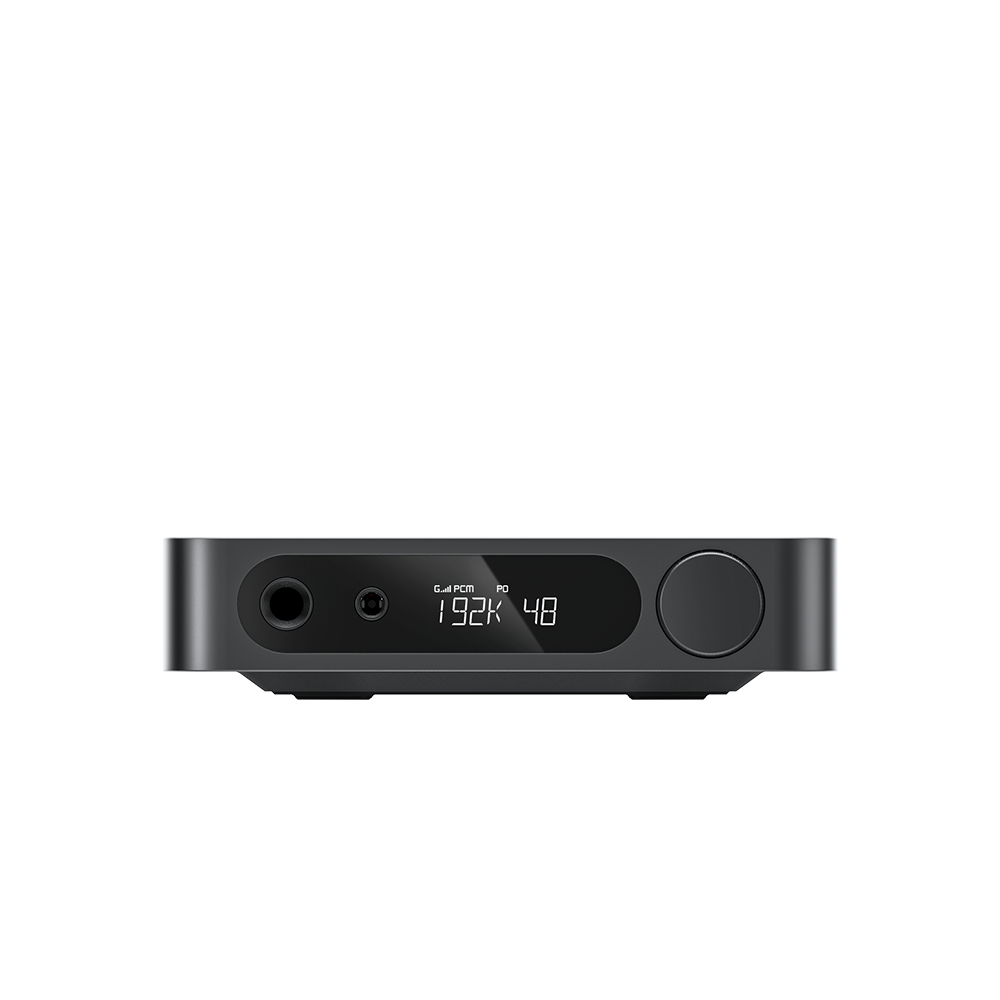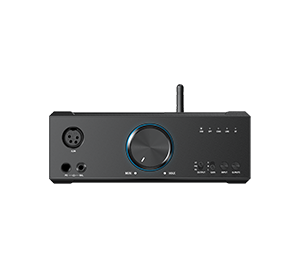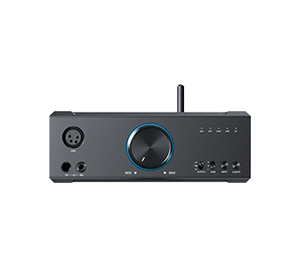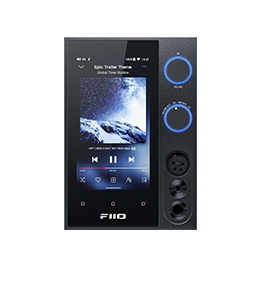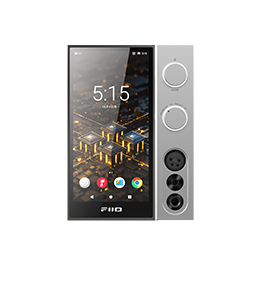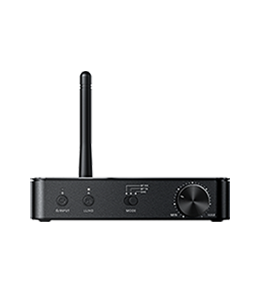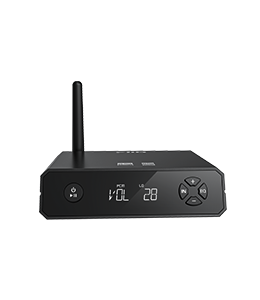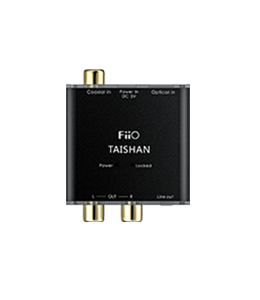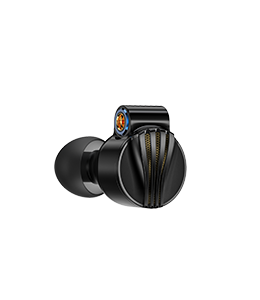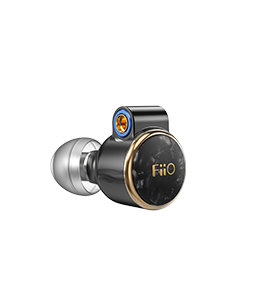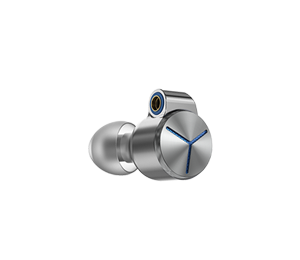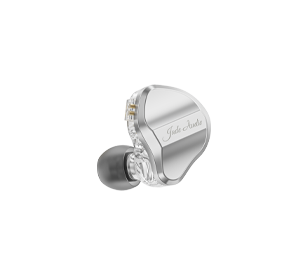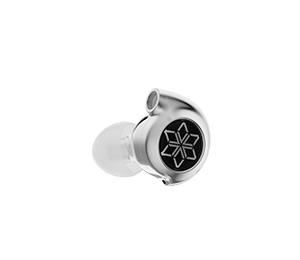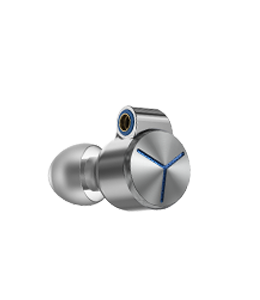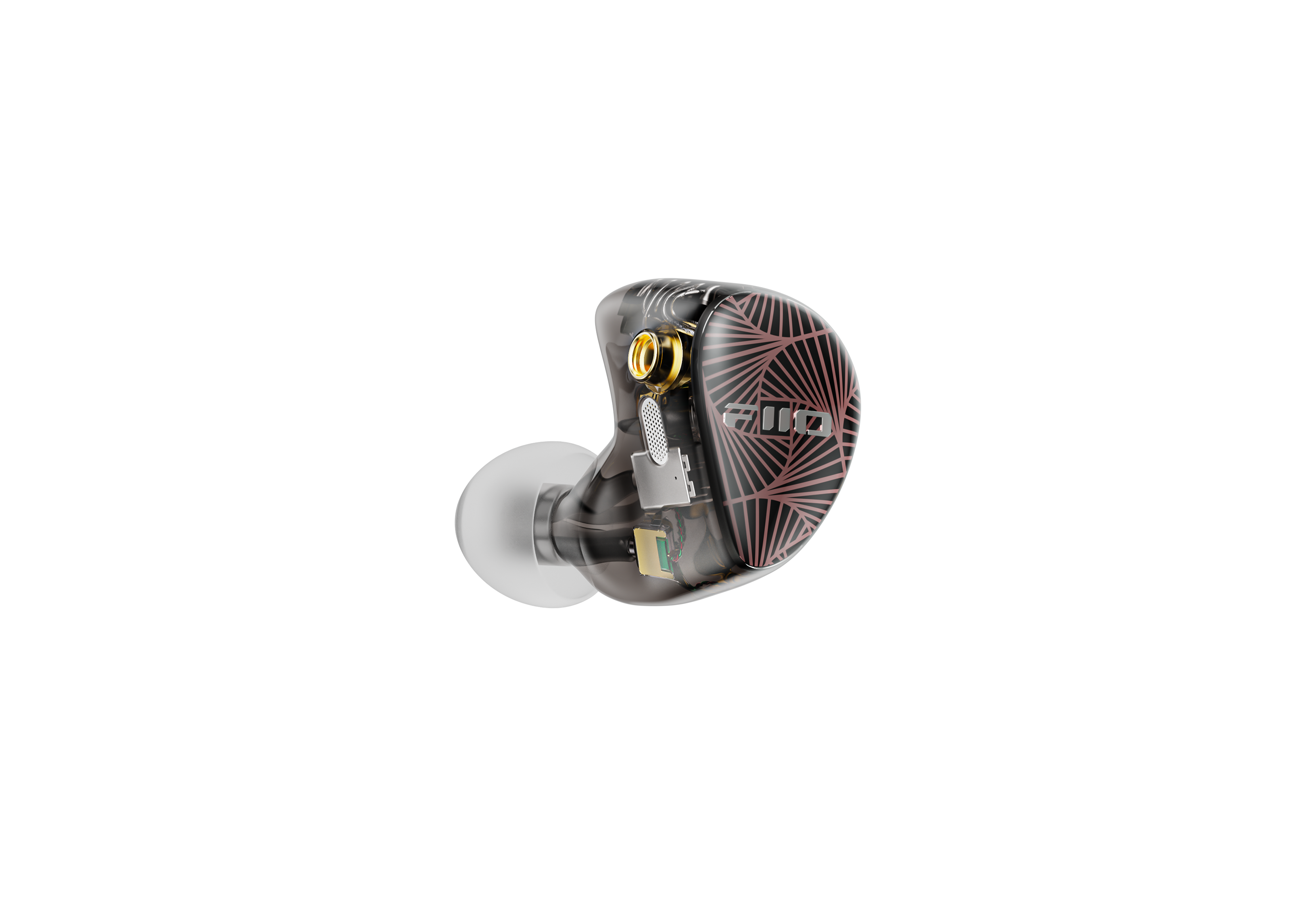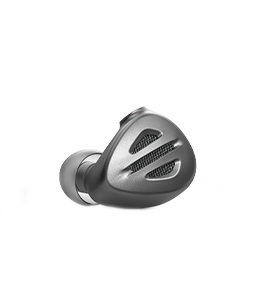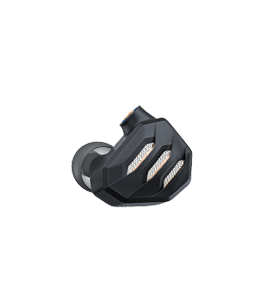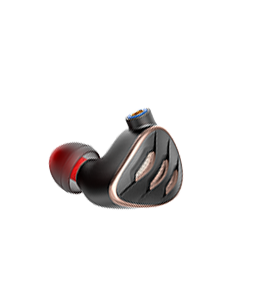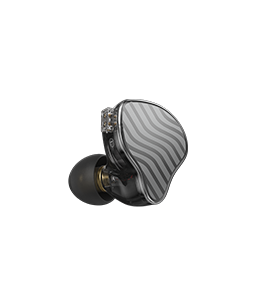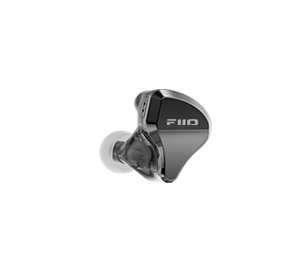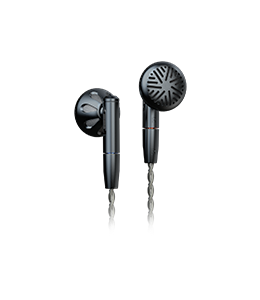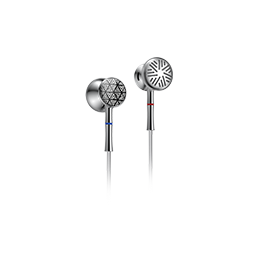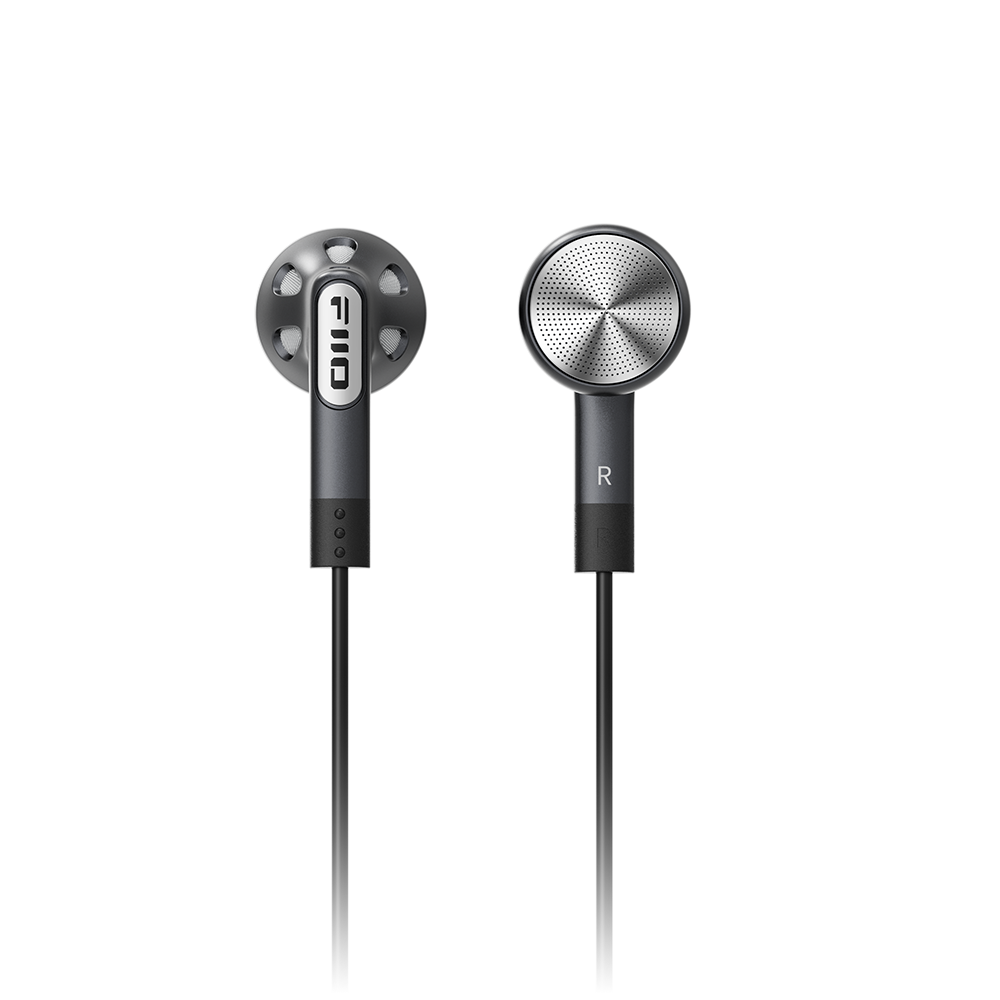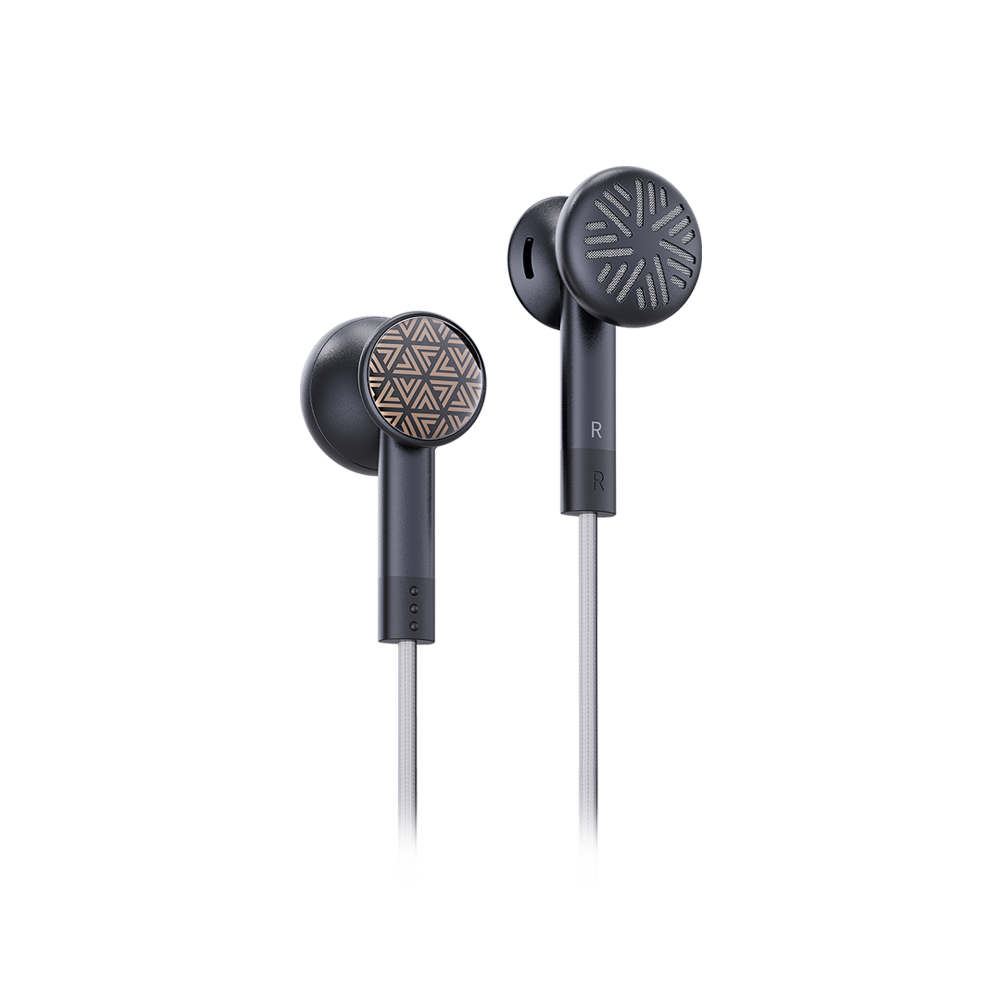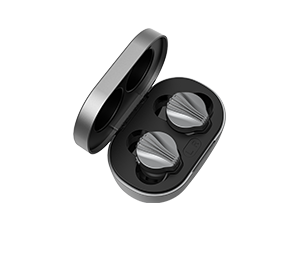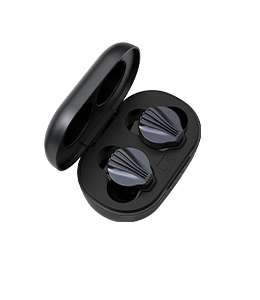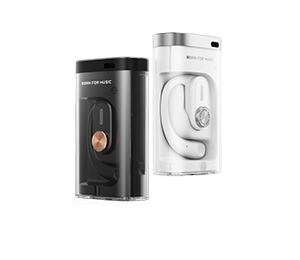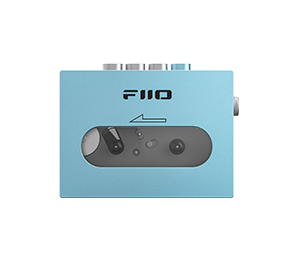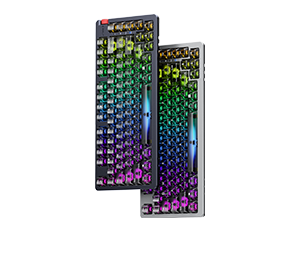Fiio M7 Review – Sweet & Easy
Author: RYAN SOO
Review from: Everyday Listening
→→ Read the original article on Everyday Listening: >> Click here
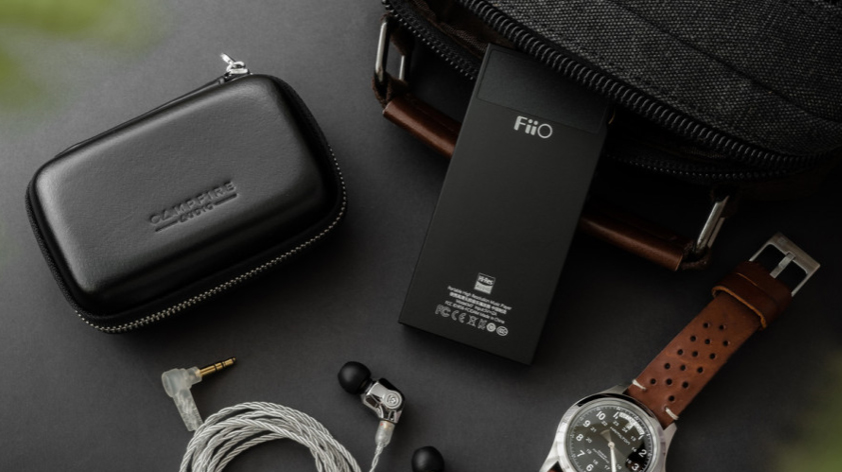
Pros –
Pleasant, musical sound, Great battery life, Zero hiss, Fluid touchscreen UI
Cons –
Output impedance a touch higher than optimal, Feature-limited software, Limited IO
Verdict –
What the M7 lacks in IO and software feature-set, it makes up for with its elegant design, fluid touchscreen UI and clean sound with pitch black noise floor.
Introduction –
Fiio’s new M7 represents the continuation of their DAP line-up. James from Fiio recently announced that the M series is replacing the X series to make it easier for consumers to navigate. The M7 adopts a midrange position, with a similar $200 USD price point to the X3 series DAPs before it. However, it brings a huge upgrade in usability, adopting a more smartphone-like GUI and a significantly more refined, slender form factor reminiscent of the higher end X7. In fact, the M7 runs a highly customized variant of Android Marshmallow though it is feature-limited to provide an optimised experience. With a potent ESS Saber DAC running the show, a slick UI and one of Fiio’s best designs to date, the M7 represents a keen new proposition in the lower-midrange DAP market. You can read more about the M7 on Fiio’s website and purchase one for yourself here.
Disclaimer –
I would like to thank Fiio very much for their quick communication and for providing me with the M7 for the purpose of review. All words are my own and there is no monetary incentive for a positive review. Despite receiving the DAP free of cost, I will attempt to be as objective as possible in my evaluation.
Accessories –

Fiio package all of their DAPs similarly to create a congruent image. The M7 is no different, having a similar unboxing to their past DAPs. Inside a hard box is the DAP itself and underneath are the accessories. Fiio include a USB Type-C power/data cable, two stacking bands, a clear TPU case in addition to

Design –
The M7’s design is one of the first aspects that drew my attention to the device. It adopts a very sleek, minimalist aesthetic that offers a refinement of their more geometric X-series players. Adopting the same aluminium unibody design as Fiio’s older players, the M7 inspires confidence with its solidity without wearing on the palm. It retains in-hand feel through smoothly machined edges and a satisfyingly symmetrical design.
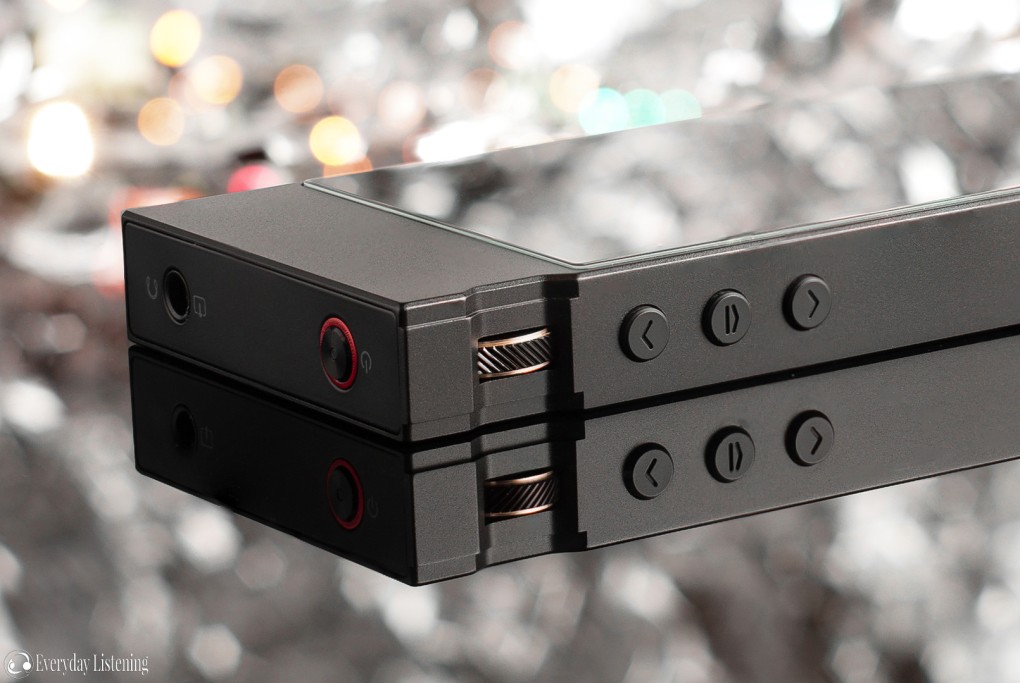
The top mounted volume wheel is reminiscent of the X7 II and X5 III, a plus in my books. That said, it’s a smaller wheel with a less defined click which can make fine volume adjustments in pocket a touch difficult at times. The M7 is otherwise fairly barebones when it comes to IO with a 3.5mm headphone output/line-out (configurable in settings) up top, an exposed micro-sd slot to expand upon its 32gb of internal storage and media buttons on the left. The buttons are clicky with solid feedback even through the included TPU case. It’s good to see Fiio adopting a USB-C connector on the bottom, the plug is reversible and has been infinitely more reliable than micro-USB in my experiences.

Compared to the M3, the M7 adopts larger dimensions to accommodate a 3.2”TFT touchscreen alongside a highly customized version of Android. Still, it remains very portable and is appreciably smaller than the X3 III before it, most notably with regards to width. With tall dimensions and a slim profile, the M7 conforms easily to the hand and slides gracefully into the pocket. As the display is closer to the bottom with audio hardware on top, it isn’t such a stretch to use the device single-handedly.

The screen itself also impresses despite not being IPS. It has respectable maximum brightness, excellent viewing angles, nice contrast and pleasing colours. It provided a legible image even under the harsh Australian sun. The touchscreen also impresses with its responsiveness and the UI is smooth with only occasional stutters here and there. With a 480 x 800 resolution, the screen offers a fairly high 292PPI pixel density that translates to sharp images and text. This combination of a clean display and responsive digitizer promote a frustration-free user experience.
Software –
As aforementioned, the M7 does indeed run Android, however, it is very feature limited. The player supports music playback in addition to FM radio, gallery and basic file managing. However, users are not able to install 3rd part apps to expand its functionality nor can they sideload APK’s onto the M7 due to its customized OS. As the M7 has no hardware or on-screen navigation buttons, screen real estate is maximised and users navigate the UI through swipe gestures. Swiping up from the bottom left of the screen functions similarly to the back button on most Android devices while swiping up on the right of the screen returns to home. It’s an intuitive and reliable system that doesn’t clash with other swipe-based functions, well-implemented in my experiences.
The star of the show is its Samsung Exynos 7270 dual-core SOC. It’s not especially powerful compared to modern smartphones but is easily sufficient to fluidly run Fiio’s stripped down version of Android. Moreover, as it utilises a 14nm process, its architecture is immensely more efficient than the 28nm process used by the RK chipsets in most DAPs and even the S425 in the Hiby R6. In real-world usage, this translates to reduced heat and power draw, and the M7 does indeed produce sensational standby battery life and on-screen times seem very respectable from my weeks of testing. I also haven’t noticed a lot of bugs, only one instance where the M7 inexplicably froze that was solved by a reboot. Apart from this, it’s been a reliable music player and I do think Fiio will be able to smooth out the experience further with future updates (the player was running software version 1.0.2 during this review).
The M7 supports BT 4.2 in addition to Apt-X, Apt-X HD and LDAC, all providing fairly strong quality to supported wireless headphones. The M7 does not support BT receiver functionality but did provide strong range during transmission in my testing. It’s also unfortunate that Fiio hasn’t included WiFi connectivity. Android DAPs typically employ this operating system as they support streaming services and I’m sure DAP manufacturers will feel competition from the range of very respectable $200 smartphones on the modern market. Still, none of those phones will provide the same audio experience as the M7, but buyers will have to look towards Fiio’s higher-end offerings for streaming support.
Otherwise, using the M7 is similar to any other Fiio device. The included music player is visually identical to their Android app but has a slightly stripped down feature set. It retains a 10-band eQ, runs smoothly and scrolls fluidly without stutter, however, the M7 lacks the ability to alter gain and DAC filters, it also doesn’t support USB DAC functionality. A lack of alphabetic sidebar navigation irks on large libraries and though Fiio claims support for external DACs, none of my unpowered DAC’s (Shozy Takt Pro and Zorloo Zuper DAC-S) functioned correctly. That said, Fiio’s own Q5 worked perfectly so I would estimate that powered DAC’s such as the Chord Mojo will work fine. Combined with the M7’s bright screen and fluid UI, this makes it a pretty solid transport in addition to a fine standalone player.
Sound –
The M7 employs the ESS Saber ES9018Q2C and integrated ES9601K amplifier. Just a handful of years ago, the PRO variant of this chip was inside Fiio’s flagship X7 with the portable Q2M variant being utilised by the better midrange sources such as Oppo’s HA-2. It’s encouraging to see this highly resolving chip now available in vastly more affordable DAPs. Along with the chip comes very wide file support including DSD. The integrated amplifier offers a modest 70mW of power into a 16ohm load and a fairly low output impedance under 2 ohms.
This may affect highly efficient multi-BA earphones but will unlikely skew the majority of gear on the market and I will explore this further in the pairings below. In listening, however, this enables a pitch black noise floor with imperceptible hiss on my most sensitive IEMs including the Campfire Audio Jupiter and Empire Ears Phantom. It also delivers plenty of volume meaning that the M7 will suffice for less sensitive gear even if it doesn’t provide an optimal experience in terms of current output.
Tonality –
The M7 has a slightly warmer low-end combined with an airy high-end that, dare I say, is quite characteristic of ES9018 sources. It doesn’t have the cleanest background as a result but delivers a sound that is otherwise, natural, well-balanced and tonally transparent. This can be attributed to the M7’s denser midrange and smoother lower-treble that all act to counteract its slightly brighter background. This creates a smooth and well-bodied presentation that may not please lovers of absolute neutrality but surely makes for a pleasant listen with just the right amount of musicality.
Bass –
The M7 builds its sound atop a neutrally sized low-end that really sets the tone for the rest of its sound. Bass extends moderately but lacks a touch of physical slam compared to more powerful sources. Control is above average but not outstanding, and sub-bass notes occasionally sound a touch soft around the edges even if no muddiness is present. Mid-bass, on the other hand, is very slightly lifted, imbuing a touch of additional impact without too much warmth. As upper-bass is fairly neutral, tone remains quite accurate on a whole and bass bloom is a non-issue. Notes are therefore accurately bodied and well-separated, bass is impressively defined as a result. Despite not having the greatest output power on the market, the M7 has an ear-pleasing low-end that retains nice control augmented by a tuning that aids detail retrieval.
Mids –

This feeds into a tonally transparent midrange that remains mostly linear into the lower-treble. Centre mids are brought forward a touch while a small dip in the upper-mids imbues additional density that makes vocals sound smooth and refined. This also creates the impression of greater body, however, the manner in which Fiio have achieved this maintains a more neutral tone as upper-bass and lower-mids aren’t emphasized to a notable degree. In return, female vocals, though clear and present, lack a touch of extension and openness. Still, the M7 well suits vocal lovers delivering plenty of presence realised through a refined voicing.
Highs –
Part of the M7’s naturalness stems from its lower-treble that avoids over-emphasis. The M7 doesn’t resort to artificial detail enhancement, rather, it is on the smoother side, with a slightly attenuated treble that feeds from its similarly attenuated upper-midrange. Details don’t pop as a result, but treble instrumentation is well-bodied and natural in timbre, and detail retrieval remains very high due to similarly strong linearity. The M7 cannot be considered a dark source, however, as the degree of attenuation here is small and the middle-treble is slightly emphasized. These frequencies aren’t boosted to fatigue either, nor is the background overly bright, but this tuning does aid air and clarity in the midst of its less present lower-treble. Meanwhile, upper-treble is quite neutral and nicely extended, delivering pleasing resolution without erring into overt brightness. The M7, therefore, provides the openness we’ve come to expect from ESS Saber sources at a reasonable price and it does so without the fatiguing properties of past devices. It’s clear that Fiio have used their experience refine their sound tuning, this is a strong implementation.
Soundstage –
The M7 has nice treble extension that nets a spacious if not outstandingly expanded presentation. It excels particularly with width while depth is sufficient to avoid congestion. Centre image is strong and separation is high due to the M7’s generally neutrally toned sound. Imaging is quite good with defined layers. The M7 is clearly a midrange source in all of these regards, but it’s one of the better performers I’ve tested and easily adequate for the majority of listeners.
Pairings –
Below are some select pairings that should illustrate the real-world effects of the M7’s output impedance, output power and general sound characteristics. Comparisons were made using an inline switcher connected to the Fiio and iBasso’s DX200 (AMP5) which has a sub 1-ohm output impedance. Comparisons were volume matched using an SPL meter.
iBasso IT01 ($100): The IT01 is a popular single dynamic in-ear, it has a low 16-ohm impedance and a high sensitivity, its impedance is just high enough that it should experience no alteration in signature, it is also a single-driver in-ear. That said, I noticed greater sub-bass slam, a slightly more laid-back, slightly thinner upper-midrange and a well-detailed treble response. Soundstage expansion was moderate but layering was quite good. This can likely be attributed to output power over impedance.
Fiio FH5 ($250): The FH5 represents a nice midrange hybrid IEM that is also very sensitive and with a very low 12-ohm impedance. According to the rule of eighths, the 2-ohm output impedance of the M7 should have some effect. I noted a slightly warmer low-end with greater impact, a clear midrange brought slightly forward and a more aggressive lower-treble. Soundstage expansion was quite good, however, as mids were brought forward, sense of space wasn’t as apparent, but foreground/background separation was good.
Dunu DK-3001 ($500): The DK-3001 is a higher-end hybrid that is similarly very efficient with a low 13-ohm impedance. Through the M7, the Dunu sounded perceptibly brighter with greater lower-treble presence bringing details more into the fore. Mid-bass quantity increased and mids became a touch warmer. Soundstage expansion was very good but with a slightly brighter background.
Campfire Audio Jupiter ($800): The Jupiter, like its bigger brother, the Andromeda, is notoriously source sensitive given its extreme efficiency despite a higher 38-ohm impedance. The M7 pairing net a noticeably leaner low-end, with reduced extension, impact and slam. Mids became slightly thinner but placement remained neutral. Highs were slightly brighter, most notable the lower-treble, creating a more aggressive detail presentation. Soundstage expansion was quite limited, especially width.
Noble Audio Katana ($1850): The Katana utilises a rather large 9 BA driver count and has a higher-efficiency, representing the typical response of a high-end multi-armature IEM to a source of higher output impedance. Sub-bass extension was slightly lessened as was deep-bass presence. Mids remained mostly untouched besides a hint of additional density. Lower-treble became slightly more aggressive, but treble instruments also became thinner. Soundstage expansion was quite strong.
Comparisons –
Shanling M0 ($90): The M0 provides strong competition, undercutting the M7’s price by half and offering an even more portable form factor. However, this is also its vice, its small screen occasionally feeling cramped. Both devices have excellent aluminium unibody designs with practical controls. The added media controls on the M7 make pocket use more convenient. When it comes to screen quality and UI fluidity they are less evenly matched, the M7 providing a considerably smoother UI and offering a brighter, more colourful screen. Ironically, the M0 provides a more feature-rich experience, supporting USB DAC functionality, filter options and Gain.
In listening, the differences aren’t as pronounced and the budget M0 very much impresses. However, the M7 still holds a number of advantages, reflecting its adoption of the higher powered ES9018 over the more conservative ES9218P. Both have a slightly warmer low-end, the M0 more evidently so, however, it is also a touch more powerful and more controlled so both are similarly well-detailed. Still, the M7 is more balanced here, it will depend on synergy. The M7 has a smoother, more full-bodied midrange where the M0 lacks the same upper-midrange attenuation, sounding a touch clearer and more extended but also thinner and less layered. The M0 also has more detail presence, however, the M7 is actually the more detailed source despite being less upfront in its presentation.
The M0 has a more neutral middle-treble than the M7 but doesn’t extend as far, delivering a less resolution. This gives the M7 the edge when it comes to soundstage, with greater expansion in all axis. Both actually image quite similarly, but the M7 has a notable advantage when it comes to separation, aided by both its soundstage dimensions and slightly more balanced sound. It also has greater foreground/background separation and this makes smaller details easier to discern on the M7. I really can’t fault the M0, for the money it’s quite something, but there is still plenty of reason to buy the M7.

Fiio X3 III ($200): The X3 III is the M7’s predecessor however, it remains on sale as it offers a different kind of experience. The M7 is immediately the more solidly constructed device and its design looks significantly more modern. Both are slender and compact, easy to hold and easy to pocket. Despite their similar dimensions, the X3 III has a small 2.3” screen while the M7 utilises a 3.2” screen with a higher resolution. Their control scheme most defines them, the X3 III utilising a touch-sensitive scroll wheel in conjunction with 8 hardware buttons, the M7 utilising a touchscreen with only 5 hardware controls. In usage, I found the X3 III fairly awkward to use, with overly complicated controls and an unreliable scroll wheel, the M7 provides a huge stride in terms of usability while introducing even greater functionality. The M7 also provides twice the battery life despite its larger screen.
Perusing the spec sheets of both sources does not reflect their sound quality. X3 III also has a balanced output and both provide over twice the current output of the M7 in addition to offering a slightly lower output impedance. Regardless, the M7 would be my source of choice, here’s why. The X3 III provides an overtly warm sound while the M7 aims for balance with just a little extra fun. Where the M7 has a lightly warm low-end, the X3 III is even bigger and warmer, introducing a little bloat. It is less defined and less concise. This extends to the midrange where the M7 is simply cleaner. The X3 III is again warmer, though here to a lesser degree.
Highs are also opposites, the X3 III providing a darker background, the M7 a slightly brighter one. This will be more up to preference, however, what will be noticeable is the greater detail retrieval on the M7. What makes the biggest impression is the M7’s imaging which is substantially improved. The X3 III has a rather diffuse centre image, pushing vocals laterally, where the M7 is quite grounded and coherent. It does sacrifice some width to achieve that, but overall, the M7 leaves a good impression despite losing out to its predecessor on paper.
Verdict –
Some would say the M7 turns a new page for Fiio, but I would argue that it represents another evolution that has been in churning behind the scene for the last few years. Gone are the hulkish metallic brutes of Fiio’s past in favour of an ever more apple-esque philosophy. In embracing a beautiful form factor, Fiio also embraces a streamlining of features to optimise for the majority rather than cater towards the entirety. The M7 exemplifies this; sleek, slender and elegant in design and ergonomically satisfying. The adoption of an efficient Exynos SOC enables a very fluid user experience while upholding seriously strong battery life. However, it does sacrifice IO and features in providing such a streamlined experience.

For instance, many desire Android for its customizability, however, the M7 is even less flexible than most players with a proprietary OS. Gone are the balanced outputs of its predecessors and also its funky usability. What remains is a player that I very much enjoy using nonetheless. Its design is brilliant, its UI, though not configurable, is very smooth and sonically, the M7 is one of the better midrange sources; clean, refined and musical all the while remaining fairly neutral in tone. Consumers will love its black noise floor and ample volume in addition to an approachable touchscreen UI and attainable price. In a world of hyper-affordable and very good smartphones, Fiio still manages to deliver a keen value proposition that is more than the sum of its parts.
The Fiio M7 is available from Amazon (International) for $199 USD at the time of writing. Please see my affiliate link for the most updated pricing, availability and configurations.






